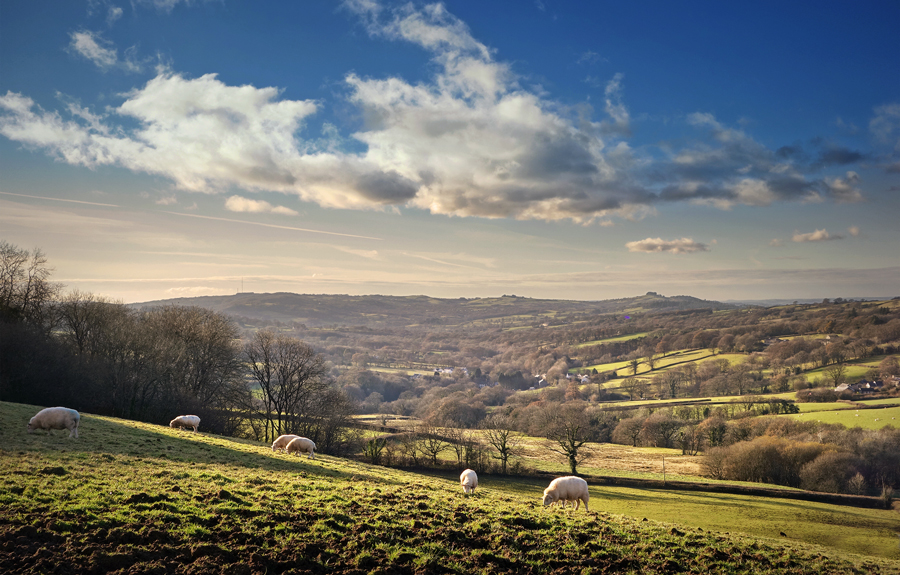Farmers urged to take advantage of Countryside Stewardship Scheme
6th May 2020
Those looking to apply to the Mid-Tier Countryside Stewardship Scheme have until just May 31st to request an application pack.

The scheme allows for all or part of farms to be entered into environmental stewardship schemes for five or more years in return for a payment.
As farmers and landowners have just weeks to request an application pack for the Mid-Tier Countryside Stewardship Scheme, Charity Shaw, of Fisher German, explains how it can provide favourable returns.
The Countryside Stewardship Scheme gives incentives for farmers and landowners to look after and enhance their environment, with the aim of protecting it for future generations. It allows for all or part of farms to be entered into environmental stewardship schemes for five or more years in return for a payment.

Fisher German’s Charity Shaw.
The scheme offers payments for a wide range of annual management options providing environmental benefits, including arable buffer strips, managing grassland with very low inputs and wild bird mixes. A number of options can form a valuable addition to an arable rotation, with favourable returns when compared to arable break crops and benefits to soil organic matter and black-grass control.
In addition to this, there can also be funding available for capital works such as new fencing, hedges, gates or livestock feeders and troughs. Providing attention is given to establishing and maintaining the options and basic records are kept, these schemes offer a reliable income stream that will become increasingly important to farm businesses as the Basic Payment Scheme decreases over the coming years.
The scheme is very positive for those looking to improve their farmed environment and infrastructure while also bringing in more income. However, those looking to apply to the Mid-Tier Countryside Stewardship Scheme have until just May 31st to request an application pack, which can be done via the Rural Payments Agency website.
Applications are scored and ranked against local high priority options, so we would advise anyone looking to apply for the scheme to gain expert advice to maximise the benefit for their farm and chances of success. It will also help applicants to assess which land is the least productive on the farm and look at ways to capitalise on these areas through the scheme.
We would urge anyone with suitable land to consider the scheme, which will not only help increase biodiversity on farms but also provide a fixed income delivered over five or more years.
